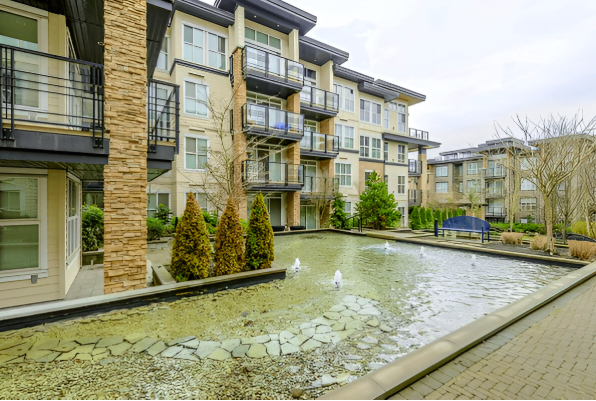The Ontario real estate landscape has witnessed a dramatic shift in recent years. Fueled by the pandemic’s remote work revolution and a yearning for more space, the suburbs have emerged as an increasingly desirable haven for homebuyers. But the question remains: are these sprawling communities truly an oasis of affordability and opportunity, or are they simply an overpriced mirage?
The Allure of the Suburbs:
For many Ontarians, the suburbs offer a compelling escape. Spacious single-family homes, lush green yards, and a perceived sense of community hold undeniable appeal. The pandemic further amplified these desires, with families seeking refuge from cramped apartments and the need for dedicated workspaces. This demand surge has propelled suburban home prices, making them a seemingly attractive alternative to the skyrocketing costs of urban centers like Toronto.
However, the narrative of suburban bliss is not without its complexities. Let’s delve deeper and unveil the truth behind the boom:
Affordability: A Mirage or an Oasis?
While suburban homes may appear cheaper than their urban counterparts, the equation is not as straightforward. Commuting costs, often via car due to limited public transportation options, can significantly erode any initial price advantage. Additionally, the larger square footage translates to higher maintenance and utility bills, further impacting affordability.
Furthermore, the allure of lower prices often masks hidden costs. Many suburban developments lack essential amenities like grocery stores and schools, requiring residents to rely on personal vehicles, adding to transportation burdens. Additionally, the rapid development can strain existing infrastructure, leading to increased property taxes and potential service disruptions.
Community and Connection:
The promise of community is often a driving force behind the suburban dream. However, the reality can be more nuanced. While some established suburbs boast strong community bonds, newer developments may lack the same organic social fabric. Building connections in these environments often requires more proactive effort, potentially creating a sense of isolation for some residents.
Unveiling the Overhyped:
While the suburban boom offers genuine benefits for some, it’s crucial to acknowledge its limitations. The narrative of affordability may not hold true for everyone, and the perceived sense of community can vary greatly. It’s essential for potential buyers to carefully consider their individual needs, lifestyle preferences, and long-term financial implications before making a decision.
The Path Forward:
The suburban boom presents an opportunity for thoughtful development and planning. Ensuring access to essential amenities, promoting sustainable transportation options, and fostering a sense of community through innovative design are crucial steps to ensure the suburbs remain truly livable and accessible.
Ultimately, the question of “oasis or overpriced” is not a binary one. For some, the suburbs may offer a genuine escape and a fulfilling lifestyle. However, for others, the hidden costs and potential drawbacks might outweigh the initial appeal. Understanding the complexities beyond the idyllic façade is essential for making informed decisions and ensuring a successful transition to suburban life.
About the author:
Pritish Kumar Halder is a passionate writer and urban planning enthusiast with a keen interest in the evolving Canadian real estate landscape. His work aims to inform and empower individuals to navigate the complexities of the market and make informed decisions about their housing choices.










